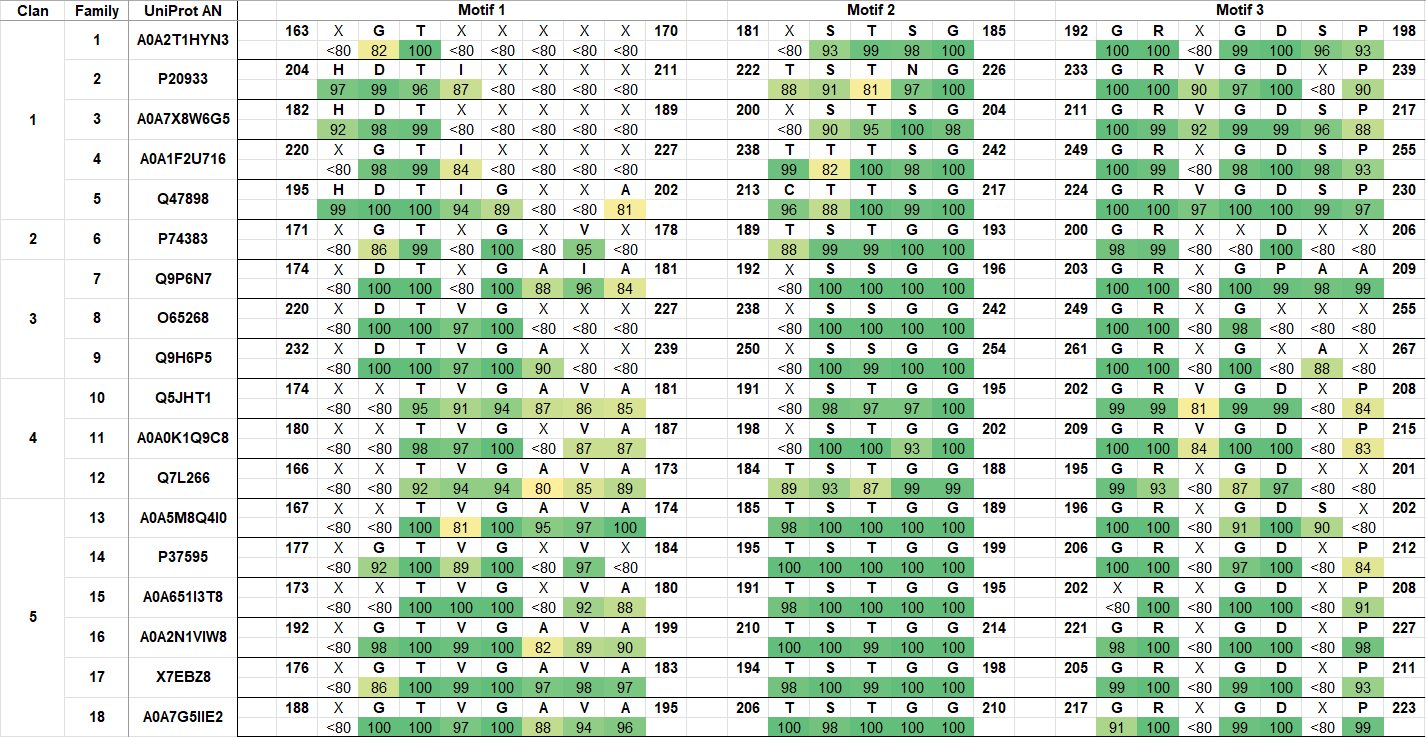Class 2 l‑asparaginases, previously known as plant-type l‑asparaginases, are the second largest class. In the majority of cases the l‑asparaginase activity is secondary: these enzymes preferably catalyse other reactions. However, Class 2 enzymes also consistently display l‑asparaginase activity. It should be noted that this does not mean the l‑asparaginase activity is biologically unimportant or that there is not a Class 2 l‑asparaginase with l‑asparagine as the primary substrate.
Class 2 l‑asparaginases can be found in bacteria, archaea, and eukaryotes, including humans. They have various names as they catalyse different reactions: aspartylglucosaminidase, often incorrectly glycosylasparaginase, threonine aspartase, isoaspartyl peptidase and/or l‑asparaginase, however, the Km for l‑asparagine is generally high throughout the class.
This class of l‑asparaginases is similarly well conserved structurally, even though the shared sequence identity can be low. In most cases they are first transcribed as ~35 kDa precursors which create inactive dimers that are autocatalytically cleaved into an N-terminal α (~20 kDa) and a C-terminal β subunit (~15 kDa), which assemble to create the mature protein. One could view the structure as a dimer of two αβ hetero dimers or as a hetero tetramer. In this database, these structures are annotated as "hetero tetramer / homo dimer".


